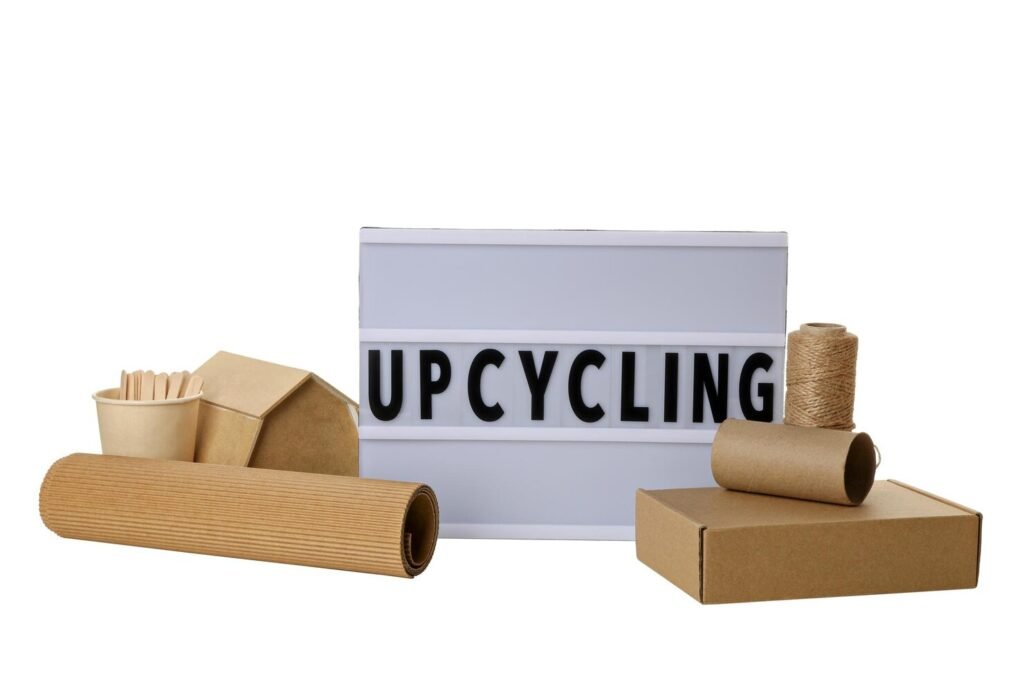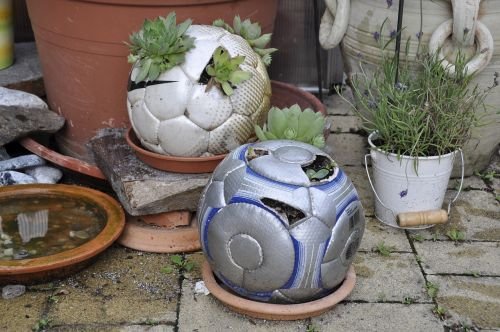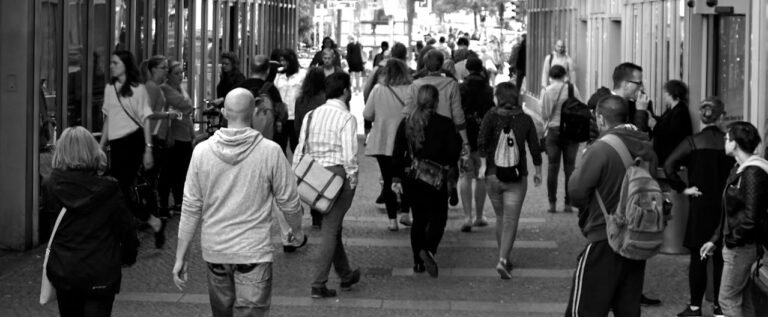Upcycling: How Turning Trash Into Treasure is Quietly Remaking Cities, Factories and Lives
Upcycling is the practice of turning unwanted materials into products of higher value. It is no longer just a craft hobby whispered about in maker spaces—it has become a practical, sometimes profitable, response to a growing global crisis: we extract and discard more materials every year than the planet can safely sustain. In this article, I’ll walk you through why upcycling matters now, highlight real projects and people using it to make money and reduce waste, examine what science and major reports say about its limits and potential, and conclude with clear, practical steps that citizens, business leaders, and policymakers can take today.

Why Upcycling Matters Now
Global material use is rising fast, but the circular systems that can reuse those materials are not keeping up. Only a tiny share of what the global economy uses each year comes from recycled or reused sources. According to Circle Economy, only 6.9% of the 106 billion tonnes of materials consumed annually were from recycled sources in 2025. A report by the European Environment Agency found Europe’s circularity was higher than the global average — about 11.8% in 2023 — but still far from what’s needed to cut resource pressure.
Those headline numbers matter because they show where upcycling fits: it is not a silver bullet that replaces deep systemic change, but it is one of the fastest, lowest-tech ways to retain material value in local economies and reduce the flow of waste into landfills and rivers. The Circularity Gap authors stress that even if every recyclable item were processed, global circularity would only rise to about 25%. Cutting material use and redesigning products, therefore, remain essential. “Our analysis is clear: even in the ideal world, we cannot solve the triple planetary crisis through recycling alone,” Ivonne Bojoh, CEO of Circle Economy, told reporters in 2025.
Scientific research adds an important perspective. Life-cycle assessments (LCAs) indicate that upcycling or using recycled feedstocks can lower certain climate and water impacts — though the benefits depend on the material, the energy required for processing, and the type of product being replaced. For instance, recent peer-reviewed LCAs on textile recycling highlight clear advantages when high-quality post-industrial waste is reused, but results vary if the recycling process itself is energy-intensive. In short, upcycling can reduce impacts, but only when energy use, transport, and product design are carefully considered.
People and Projects Proving Upcycling Works
Across continents, ordinary people and small organisations are showing practical, measurable wins from upcycling.
In East Africa, Upcycle Africa has built an approach that converts plastic bottles into construction bricks, tiles and other building materials. The group trains local communities in collection, cleaning and product assembly, then links the new products into small-scale supply chains for affordable housing. Upcycle Africa reports it has trained over 10,000 people, created more than 500 jobs and prevented thousands of tons of plastic from entering the environment. Founder Johnmary Kavuma says the work blends climate resilience with livelihoods: “We empower residents with skills in waste management and sustainable entrepreneurship,” he told the Global Center on Adaptation.
In Lagos, Nigeria, schools and local programmes are teaching children to make planters, garden beds and art from PET bottles, tyres and other waste — connecting creative learning, food gardening and waste reduction. The News Agency of Nigeria reported that school projects turned students into active collectors and creators, with teachers embedding upcycling into practical lessons. The effect is simple but powerful: students learn to see waste as a resource and communities gain low-cost green spaces.
A cultural story from Lagos shows how embedded upcycling can be in everyday life. Photographer Andrew Esiebo’s project “Pneumacity” documents how used tyres are repaired, reused and reimagined across the city — as swings, planters, fencing and even playground flooring. The work is a reminder that in many places, upcycling is less a new trend than a long-standing survival strategy that now has market and policy potential.
Corporate examples show how design and business models can extend product life at scale. Patagonia’s Worn Wear program encourages customers to trade in, repair and buy used gear; the brand sells repaired and repurposed items through a curated platform. Projects like this slow consumption, extend product use and create a second-hand market that reduces demand for new materials. Estimates tied to resale and life-extension efforts suggest real reductions in carbon and water use when garment lifetimes are increased.
What Science and Markets Say — the Limits and the Real Opportunities
Upcycling shines where simple economics, low transportation needs, and local skills align. Materials that are bulky or costly to ship (like tyres, plastic bottles, wooden pallets) are especially good candidates for community-level upcycling because the value added locally offsets collection and processing costs. Urban contexts — where people and waste are concentrated — provide the scale needed to make upcycling viable. A growing body of urban-focused research argues that cities are promising places to build upcycling systems precisely because of that concentration.
But the science also warns against over-claiming its climate benefits. LCAs show that some recycled or upcycled products still require energy-intensive processing; if that energy comes from fossil fuels, emissions savings can shrink. Textile recycling studies, for example, find that post-industrial recycling (waste created during manufacturing) often yields clearer environmental gains than recycling post-consumer garments that are mixed, degraded or require chemical processing. That does not mean we should stop upcycling — rather, it means designers, brands and local groups must optimise which materials are upcycled and how.
From a market angle, the Circularity Gap and other reports argue the biggest returns come when upcycling is part of a system that includes product design for longevity, repair services, resale platforms and public policy that rewards material efficiency. Ivonne Bojoh (Circle Economy) and Deloitte analysts both highlight that businesses which “look beyond compliance” to adopt circular mindsets can unlock new value and resilience.
Real-world upcycling shows social value too: job creation, skill building and community cohesion. Upcycle Africa’s mix of training, partnerships with local governments and hands-on building projects demonstrates how upcycling can be an economic development tool, not only an environmental project.

How to Scale Upcycling — Practical Steps for Citizens, Businesses and Policymakers
Upcycling’s biggest barrier is not creativity; it is systems: collection, standards, financing and markets. Here are practical, evidence-based actions that work together.
Citizens can start by creating reliable local streams of clean, separated materials. Schools and neighbourhood groups that teach collection and create visible community projects (gardens, benches, playgrounds) turn awareness into predictable materials and create early demand. The Nigerian school projects and Lagos tyre upcyclers show how citizen action converts waste into teaching and public goods.
Small businesses and designers should focus on local value chains: choose materials that don’t need long transport, design for repairability, and partner with resale platforms or local retailers. Patagonia’s Worn Wear model shows that trade-in, repair and resale are viable business strategies if properly integrated with brand and logistics.
Policymakers can accelerate scaling by funding collection infrastructure, setting procurement rules that prefer upcycled or reused materials for public projects, and offering tax incentives for circular business models. The Circularity Gap Report recommends binding material-use targets and policy levers — such as shifting taxes from labour to material use — to change economic incentives at scale.
Funders and impact investors should look past novelty to durability: support organisations that combine training, stable off-takers (buyers) and clear measurement of environmental and social impact. Upcycle Africa’s model — training plus product routes into housing supply — is a good example of investable, impact-oriented design.
Science and industry should co-invest in transparent LCAs and material-quality standards so that upcycled products can be judged fairly and traded at scale. Research shows that LCA methods need better life-cycle inventories for recycled materials — improving those datasets will let policymakers and businesses compare options honestly.
Conclusion
Upcycling is both a mindset and a set of practical practices that, when combined with design, markets and policy, can keep valuable materials in use longer. It will not replace systemic changes — less consumption, better product design and global cooperation — but it offers one of the fastest ways for communities to gain jobs, for brands to reduce waste, and for cities to lower the volume of trash clogging streets and waterways.
If you want to start tomorrow: gather one material stream in your neighbourhood (PET bottles, tyres, wooden pallets), find a partner organisation or training programme (local NGOs, schools or community enterprises), and pilot a product that has a nearby buyer (planters for a school, bricks for affordable housing, a repair market). Measure the outcomes — jobs created, tonnes diverted, and money earned — and use those numbers to attract partners and local policy support.
We are living in a moment where ingenuity meets necessity. Upcycling won’t solve everything, but it can change how we see waste — from a problem to a resource — and that change, repeated in thousands of neighbourhoods, is how national circular economies begin.







